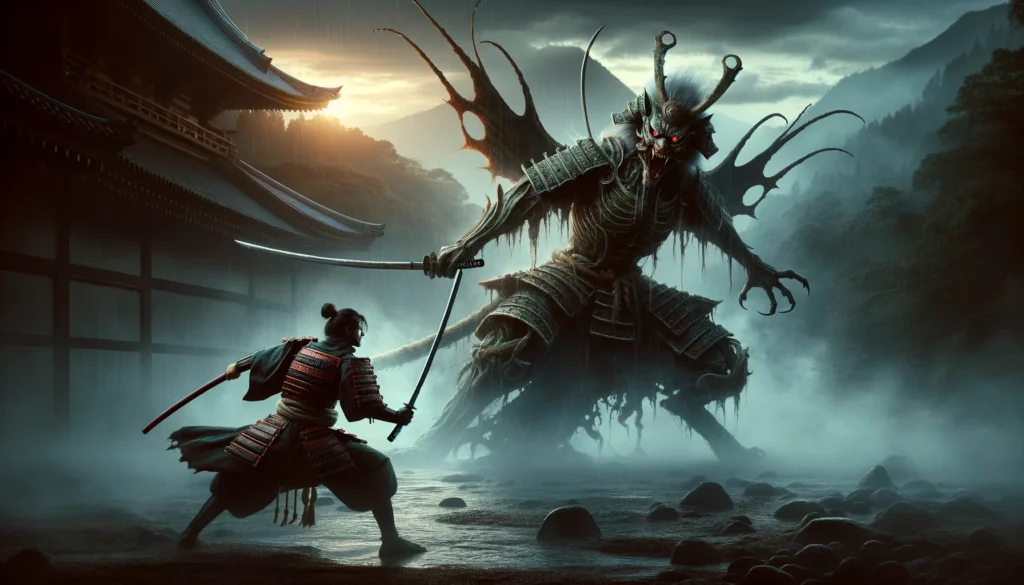

It’s all about answers, relevant questions, and the right timing.
In the West, we have been taught to continually ask and put questions. To ask ourselves what we are doing and ask everyone for explanations on everything. This is undoubtedly the basis of our thinking and it is this attitude that has allowed us to obtain many extraordinary results both in the philosophical and scientific fields. Too bad that this propensity to ask, and ask continuously, is particularly annoying to oriental martial arts teachers and Japanese ones in particular. I think it has happened to anyone who has had the opportunity to follow a Japanese teacher to be told that “you Westerners always ask too many questions”. And this we are told without particular malice, but simply as a realization of how annoying we can sometimes be in their eyes. But, despite everything, we cannot help but ask questions: we want to know what we are doing and why, and when we do not receive answers that do not seem satisfactory to us, then we interpret them or, worse, we invent them according to our experience, beliefs, and ability. This only reinforces the teachers’ preconceptions about us in an endless vicious circle.
So what should we do? Stop asking? I would say no. Asking means we are interested and involved, but we must learn to ask at the right time and try to put coherent questions. Even the most conservative teachers (Japanese and non-Japanese) are available to answer our queries, perhaps without interrupting the lesson continuously. Generally, at least in Japan, between lessons, there is time to ask a few questions, or at the end of the lesson, over a cold beer, when there is time to relax and think about what has been done before on the tatami. The questions are legitimate and stimulating also for the teacher who thus has the opportunity both to test his ability to explain and to learn something new. If we have doubts, as students, we need to ask, or as teachers, we must answer. But timing is everything.
Hyoshi (拍子) (((Miyamoto Musashi wrote about hyoshi in his masterpiece “The Book of the Five Rings”))) means rhythm and time. In the Art of the Sword, having a good hyoshi means moving at the right time. Practically, during the kumidachi (sword practice with a partner), it means to avoid receiving the bokken (the wooden sword) in the head or on a wrist because you have gone out of time, or hit a blank. It means, for example, during the practice of Iaido, to hold the tsuka (the hint) at the right moment to draw the sword in the right way and at the right time, avoid breaking the saya (the scabbard), or cutting a finger. It takes practice to learn the right timing, any musician can confirm it. But without this training, we will always be in disharmony with ourselves, in the dojo, and, above all, in everyday life. So we have to learn to move, speak, and think at the right pace.
We can continue to ask, trying to be less annoying, and especially listen carefully to the answers given to us, but this is another story…
